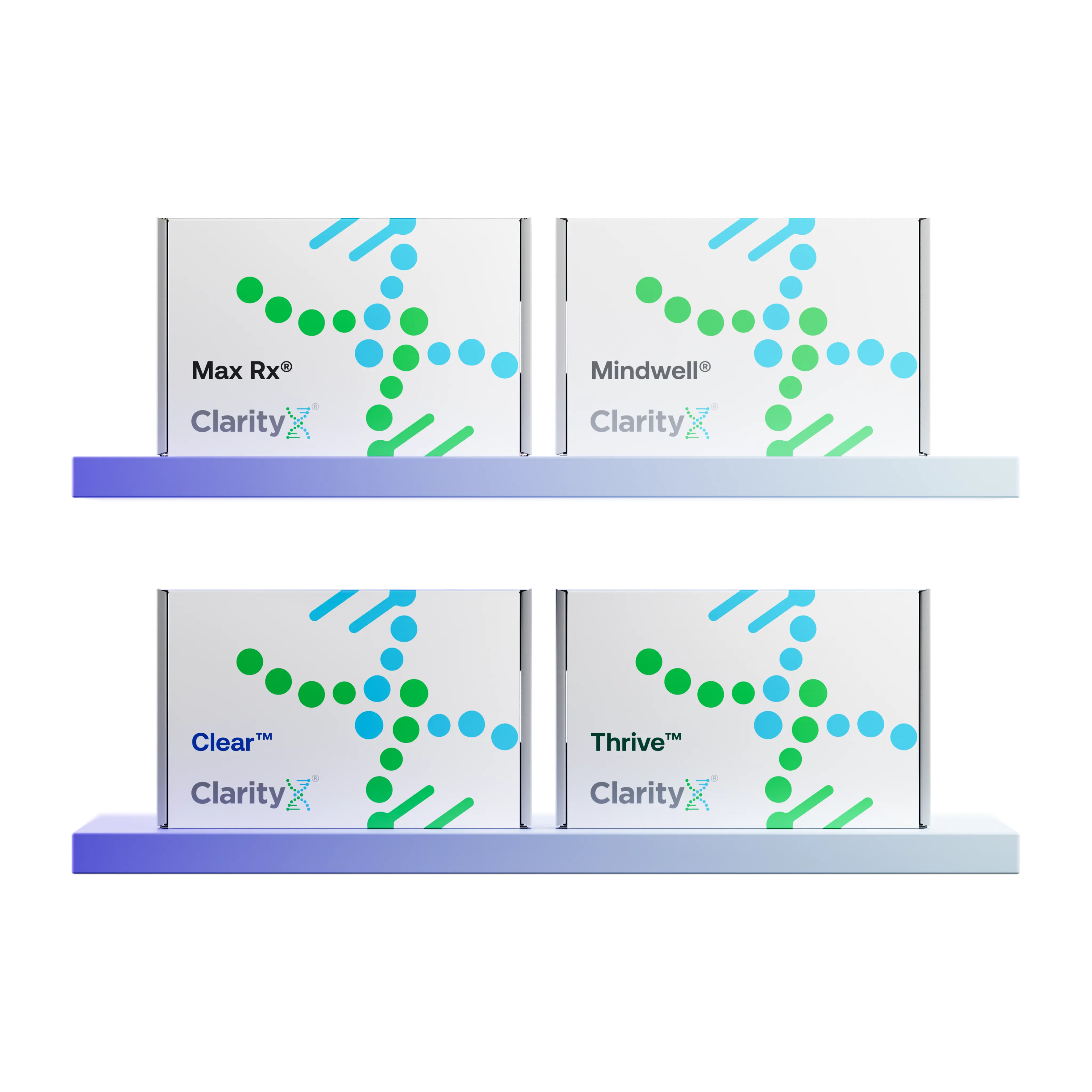Key Highlights
- Dutasteride and finasteride are two prominent treatments for male pattern hair loss and benign prostatic hyperplasia (BPH).
- These drugs work by reducing DHT levels, which are responsible for androgenetic alopecia and prostate enlargement.
- Dutasteride inhibits both type I and type II 5-alpha reductase enzymes, while finasteride selectively blocks type II.
- Research indicates that dutasteride may yield higher hair regrowth but comes with an increased likelihood of side effects.
- Choosing between these medications should be based on efficacy, side effects, and consultation with a healthcare provider for personalized advice.
Introduction
Dealing with hair loss can feel overwhelming, but it is a common issue. Many men, particularly those with androgenetic alopecia, experience it. Nowadays, there are effective treatment options available. Two of these are dutasteride and finasteride, both of which are 5-alpha reductase inhibitors. They can significantly help with male pattern baldness.
These medicines work by lowering DHT levels in the body. DHT is the hormone that causes hair to thin and fall out over time. With many choices out there, it can be hard to know which one is the best for you.
Next, we will talk about what dutasteride and finasteride are. We will also examine how these medications aid in managing hair loss.
What Are Dutasteride and Finasteride?
Dutasteride and finasteride are prescription medications. They are called 5-alpha reductase inhibitors. People use them to help with signs of benign prostatic hyperplasia (BPH), which is also known as prostatic hyperplasia. They are also used to treat hair loss caused by hormonal imbalances in men, known as male androgenetic alopecia. These medicines work by lowering levels of DHT and slowing down the conversion of testosterone. This can help promote better hair growth.
Dutasteride is not FDA-approved for treating hair loss, but some healthcare providers still recommend it for androgenic alopecia, which is called prescribing it off-label. This is done with careful consideration, including a review of clinical research relevant to this use. On the other hand, oral finasteride which you might know as Propecia does have FDA approval as a treatment for hair loss.
Overview of Dutasteride
Dutasteride, also known by the brand name Avodart, is a medication primarily prescribed by doctors for the treatment of BPH to alleviate urinary symptoms. You can find it as 0.5-mg capsules. This medicine works to lower DHT levels. DHT is a primary contributor to prostate enlargement and pattern baldness.
You will not see the effects of dutasteride right away. Most people start to notice changes after a few months of taking it, so it is used for long-term therapy. Dutasteride stops the conversion of testosterone into DHT. By doing this, it can help prevent your hair from thinning and shrink enlarged prostate glands.
Doctors sometimes use dutasteride off-label for hair growth because it can block more DHT than some other medicines. But the long half-life of dutasteride means that it can stay in the body for up to six months after you stop using it. Because of this, it is important to follow all your doctor’s instructions for safety.
Overview of Finasteride
Since it was introduced under brand names such as Proscar and Propecia, finasteride has become a key treatment for male pattern hair loss and symptoms of benign prostatic hyperplasia (BPH). People take this pill in either a 1 mg dose for hair loss or a 5 mg dose for prostate issues, and the FDA gave it approval in 1992.
The medicine operates differently than dutasteride. Finasteride partially blocks DHT, which means you start feeling relief from BPH symptoms about eight hours after your first dose, but you still require months of treatment to achieve noticeable hair regrowth. Since finasteride has a short half-life, its effects begin to diminish in about two weeks after you stop taking it.
Finasteride has FDA approval for the management of androgenic alopecia, which shows established use for male pattern baldness. This sets it apart from dutasteride, which is used off-label. Be aware of possible side effects, such as sexual dysfunction. You should discuss these side effects with your doctor and learn what to do if you experience them.
How Do Dutasteride and Finasteride Work for Hair Loss?
Both dutasteride and finasteride work in a similar manner to combat hair loss. They focus on the hormone DHT, which can make hair follicles shrink and cause androgenic alopecia. When these medicines block the 5-alpha reductase enzyme, they bring down DHT levels. This can stop harm to the follicles and help with hair regrowth. It’s also common to use a combination with topical minoxidil.
But there is a difference between dutasteride and finasteride. Essentially, dutasteride blocks two types of the 5-alpha reductase enzyme, while finasteride only blocks one type. Because of this, the effectiveness of these treatments in helping with hair loss or promoting hair regrowth can vary. Knowing how they work can help you pick the right hair loss solution for you.
Understanding DHT and Its Role in Hair Loss
DHT, or dihydrotestosterone, comes from the way the body changes testosterone. It is one of the primary causes of male pattern baldness. This hormone sticks to certain spots in the hair follicles. As a result, the follicles slowly stop making new hair. With time, people see thinning and baldness. This is common for men showing signs of androgenic alopecia and pattern hair loss.
When DHT levels are high, they also affect the prostate gland. This can lead to problems, such as benign prostatic hyperplasia and prostatic hyperplasia. To slow or stop pattern hair loss, many use DHT blockers to put this hormone in check.
Medications like finasteride and dutasteride target DHT levels. These help prevent damage to the hair roots and promote hair growth. With these drugs, people may see less hair loss and more new hair over time.
Mechanism of Action: Dutasteride vs Finasteride
Both dutasteride and finasteride are 5-alpha reductase inhibitors. These are designed to lower DHT levels and promote hair health. But the way they work is not the same.
Dutasteride blocks both types of 5-alpha reductase enzymes. This gives a more complete drop in DHT in male bodies. Finasteride targets only one type of enzyme. So, you get only a partial reduction in DHT. As a result, dutasteride treatment may lower DHT levels more effectively than finasteride. The new hair follicles may get a better chance to grow because of it.
However, it’s also important to consider how long these medications stay in the body and how likely they may be to cause side effects.
Key Differences Between Dutasteride and Finasteride
FDA approval of finasteride in the United States may impact insurance coverage for some individuals, which can be a significant consideration. It’s also important to consider potential differences in both efficacy and side effects. Working closely with a healthcare provider to ensure your treatment is tailored to your individual needs is crucial.
Chemical Structure and Formulation
The way dutasteride and finasteride interact with enzymes in the body impacts their potential effectiveness. Both medicines utilize active ingredients that target DHT levels, but they interact with the body's enzymes in distinct ways.
Dutasteride has a chemical makeup that blocks both type I and type II 5-alpha reductase enzymes. This means it can lower DHT in a wider way, which helps with hair and prostatic hyperplasia. Finasteride, on the other hand, blocks only type II 5-alpha reductase enzymes. This difference may lead to differences in efficacy and side effects.
The small differences in how these drugs are made affect how doctors use them in clinical practice. This is why people may receive a treatment plan tailored to their specific needs when it comes to hair recovery and BPH relief.
Efficacy Comparison: Which Is More Effective for Hair Loss?
Clinical studies have shown that both dutasteride and finasteride can help alleviate hair loss. However, dutasteride may work better for some individuals. People’s results are not always the same. It is essential to consult with a healthcare provider to determine which option may be best for you. They can help you find out what might work well in your case.
Clinical Studies and Results
Numerous clinical studies have examined the effectiveness of both treatments in treating male pattern hair loss. Systematic reviews show that the efficacy of dutasteride can block the conversion of testosterone to DHT better than finasteride. As a result, dutasteride often leads to increased hair regrowth. In trials about androgenetic alopecia, people who took dutasteride had a higher hair count after months of treatment. Finasteride also helped with hair loss, yielding some positive results; however, these gains were not as substantial as those observed with dutasteride.
Dosage and Administration Guidelines
Dosage guidelines differ for these two medicines. For oral finasteride, the recommended dose is often 1 mg daily. For dutasteride, people often take 0.5 mg daily.
Sticking to these doses is important. It helps you get more hair regrowth, and it also lowers your chances of side effects. Always talk to your healthcare provider about how to take these medicines the right way. This can lower the risk of adverse effects. It’s also critical to be aware of the dangers posed during pregnancy—pregnant women should not handle these medications due to the potential harm to the unborn baby.
Side Effects and Safety Considerations
Knowing about the possible side effects and safety is important if you want to treat hair loss. Dutasteride and finasteride both may cause sexual dysfunction. This can include erectile dysfunction and problems with ejaculation, but not everyone will get the same side effects. This largely depends on your genetics. Everyone responds differently to medication.The science behind this is called pharmacogenetics. Some people might get adverse effects like breast tenderness or hair growth in places where they do not want it. It is good to talk with a healthcare provider. They can help you evaluate all the possible side effects, so you can pick treatment options that fit your own health needs.
Common Side Effects of Dutasteride and Finasteride
The potential side effects of finasteride and dutasteride can vary from person to person. Many people taking these medicines for hair loss and male pattern hair loss notice some of these problems, including the effects of finasteride on sexual dysfunction, which is one of the most common side effects. That means men can have erectile dysfunction, lower sex drive, or problems with ejaculation.
There can also be changes in the breast area, such as tenderness or noticing them become larger. Some people experience fatigue or mood swings. These issues often impact overall well-being. Knowing about the possible side effects, like adverse effects or sexual dysfunction, can help people talk with their doctor. This makes it easier to find out what will work well and be safe when using these drugs for pattern hair loss and other problems men face.
Long-Term Health Risks and Precautions
Long-term use of dutasteride and finasteride can lead to health risks that you and your healthcare provider need to talk about. You may get sexual dysfunction, such as erectile dysfunction or problems with ejaculation. This can make life harder for some people. Some research has found that taking finasteride for a long time could raise your prostate cancer risk.
It is essential to discuss these side effects with your healthcare provider before starting these medications. They can provide you with medical advice and help you watch for any problems and change your dose if you have too many adverse effects. This way, you can make it safer to use these drugs when treating hair loss, male pattern hair loss, benign prostatic hyperplasia, or prostatic hyperplasia. This will help you get the most out of your treatment while minimizing the side effects.
Factors to Discuss With Your Doctor
There are several things you should talk about with your healthcare provider before you start any treatment. Your health history is very important, especially if you have had prostate problems or sexual dysfunction in the past. This can help you and your healthcare provider determine if medicines like dutasteride or finasteride are suitable for you. You should also talk about your preferences when it comes to potential side effects, like changes in sexual function. It is important to know how each medicine can affect hair loss and to find out which dose might work best for you. Clear and open communication helps ensure you choose the option that aligns with your health goals and what you want. This way, you will know what to expect from hair loss treatment, side effects, and your overall care.
Conclusion
Finding the right hair loss treatment can be challenging. Both dutasteride and finasteride can help treat androgenetic alopecia. Still, people can respond in different ways. Consider the potential side effects of each, your health history, and what you hope to achieve with the treatment. It is good to work with your healthcare provider. This helps ensure that your plan will lower DHT levels and avoid potential side effects. The best choice comes down to what works for you as a person. This way, you can get better hair regrowth with less risk of adverse effects.
Lastly when considering treatment options like dutasteride and finasteride your genetics can also play a vital role in determining which medications will be best suited for you. A simple test can help reduce the trial and error process associated with finding the right medication. Find out more by visiting www.clarityxdna.com
Frequently Asked Questions
Is dutasteride stronger than finasteride for hair loss?
Studies have shown that dutasteride may be more effective than finasteride in treating hair loss. This is because it blocks more types of DHT in the body. But people can react in different ways to these treatments, so it is important to talk with a healthcare professional before you choose what is best for you.
Can you switch from finasteride to dutasteride?
You can switch from finasteride to dutasteride, and many people do this to get better results. However, it is always best to consult with your healthcare provider first. They can help you know about side effects, what you might get by making the switch, and if there is any need for more check-ups during this time. This ensures your hair loss treatment is as effective as possible.
Why isn’t dutasteride FDA-approved for hair loss in the US?
Dutasteride does not have FDA approval in the US for hair loss treatment. This is largely due to the lack of clinical trial data specifically focused on this condition. The drug may be effective, but the FDA requires strong evidence that it is safe and works for hair loss before granting approval.
https://dailymed.nlm.nih.gov/dailymed/drugInfo.cfm?setid=6b6f8d1b-1759-4fbb-9b95-c20db803e1c2
https://pubmed.ncbi.nlm.nih.gov/28294070/
https://dailymed.nlm.nih.gov/dailymed/drugInfo.cfm?setid=81b424d3-8418-4497-9395-59eae6755230
https://pubmed.ncbi.nlm.nih.gov/34291720/
https://pubmed.ncbi.nlm.nih.gov/30863034/
https://www.fda.gov/drugs/information-drug-class/5-alpha-reductase-inhibitor-information
https://my.clevelandclinic.org/health/articles/24555-dht-dihydrotestosterone






